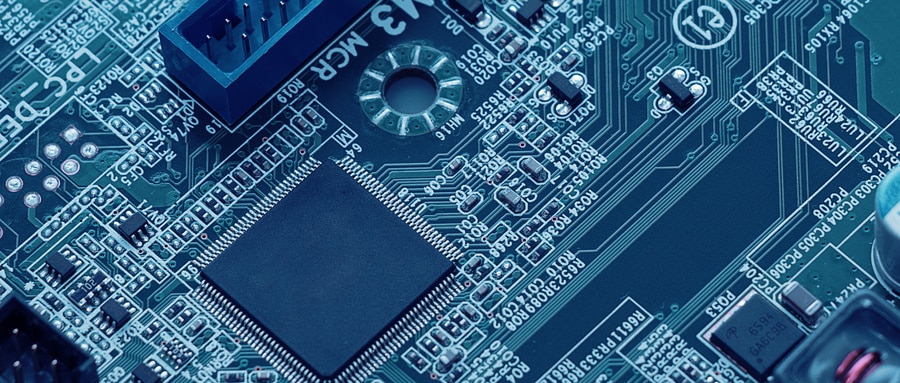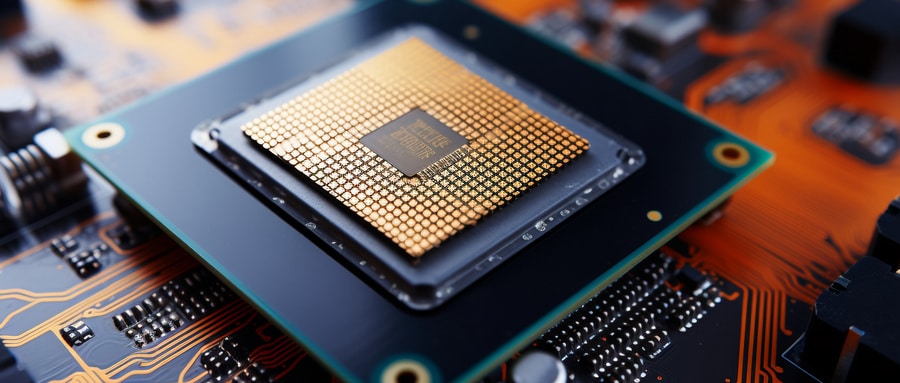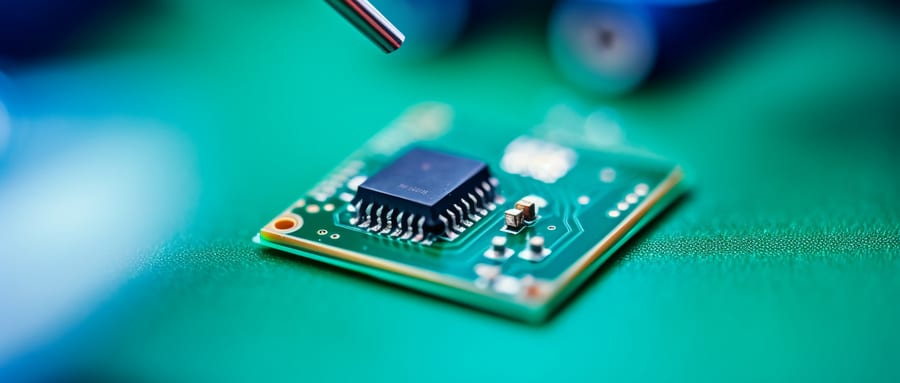Impedance Control PCB Design: Enhancing Signal Integrity and Performance Understanding and controlling impedance are central components of high-speed PCB (Printed Circuit Board) design, as they ensure signal integrity. This article seeks to demystify these concepts, methodologies, and significance for PCB design with the goal of helping create high-performing electronic circuits. Unveiling Impedance Control Systems Impedance, […]
Category Archives: PCB Design
PCB Design
Mastering the Craft of NumPad PCB Design: A Comprehensive Guide Numpad PCB design (Printed Circuit Boards, or PCBs for short) holds a central place in computer hardware design. PCBs form the backbone for electronically controlled equipment – including our number pads or “Numpads.” With custom keyboards becoming more prevalent than ever, understanding Numpad PCB design […]
PCB design flow: Please pay attention to these “6 precautions”! The physical design of the board on the switching power supply is the final link. If the design method used is not suitable, then the PCB could radiate excessive electromagnetic interference, leading to unstable power supply operation. 1. PCB design flow: From the schematic to […]
5 common PCB design problems you encounter. 1. What is the 20H principle in PCB design problems? The 20H principle is the shrinking distance of the power layer from the ground. It is also used to suppress the edge radiation effect. The board’s edge will emit electromagnetic interference outside. The EMC is improved by shrinking […]
Aerospace PCB assembly,advanced and reliable manufacturing process – Use of advanced manufacturing processes to ensure high-quality and reliable PCB assembly for aerospace applications The aerospace industry demands high-quality and reliable printed circuit board (PCB) assembly for its various applications. PCBs are the backbone of electronic devices, and their assembly requires precision, accuracy, and attention to […]
4 layer flex pcb stackup,what else do you know about it? A four-layer flexible printed circuit board (flex PCB) stackup is a type of flexible board that has four layers of conductive material sandwiched between layers of flexible insulating material. Flex PCBs are becoming increasingly popular due to their flexibility, adaptability, and durability. The 4 […]
Multilayer thick copper PCB are a specialized type used in circuit board manufacturing. This type of PCB has thick copper layers and is typically used in applications that require high currents and/or high voltages. Because of its ability to carry large amounts of current, it is used in a variety of different industries, including power, […]
Keyboard PCB: the core component of keyboard manufacturing Keyboard PCB plays a vital role in keyboard manufacturing. It is the core component of the keyboard and is responsible for connecting and transmitting signals. We will explain the role and importance of keyboard PCB in detail below. Keyboard PCB, known as Keyboard Printed Circuit Board, is […]
Why PCB design generally controls 50 ohm impedance? A large portion of electronics technology originated in the military, first the technology was used in the military and slowly moved from military to civilian use. In the early days of microwave applications, during World War II, the choice of pcb design impedance depended entirely on the […]
Why do PCB multilayers have an even number of layers? Can’t an odd number of layers work? PCB is divided into a single panel, double-sided boards and multilayer boards, which is unlimited number of layers of multilayer boards, there are more than 100 layers of PCB, and the common multilayer PCB is a four-layer board […]

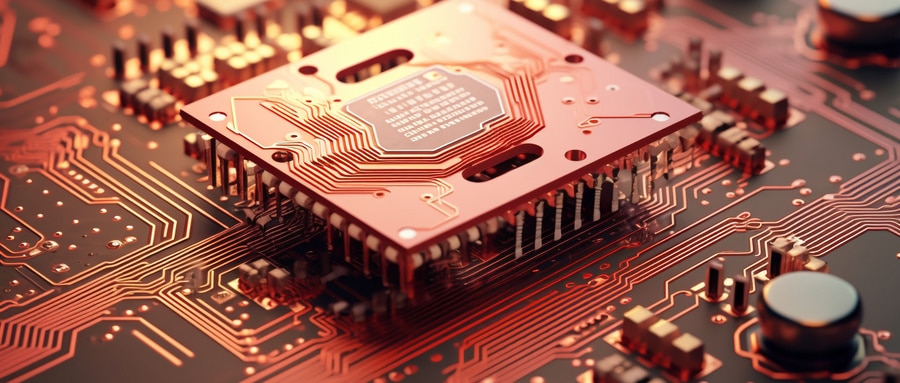
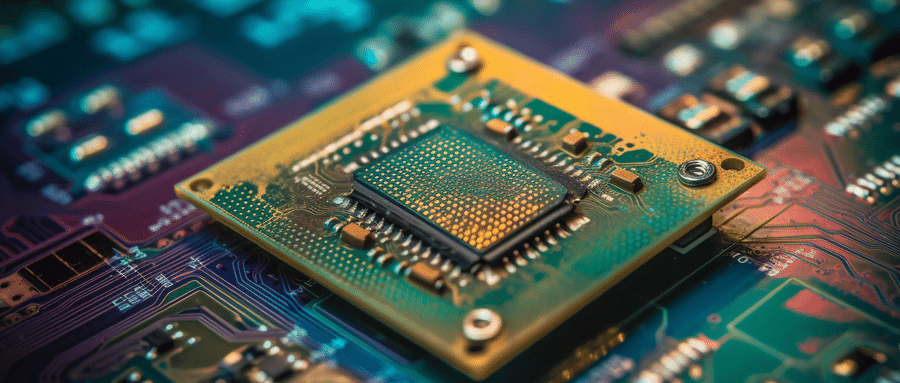




.jpg)
